WHY we need you in Madagascar
- Madagascar is one of the world's poorest countries, with around 74% living below the poverty line
- The country is 4th highest in the world for chronic malnutrition, with almost 1 in 2 children under five suffering from stunted growth
- Madagascar is prone to climate change issues and natural disasters, such as cyclones. This can badly damage infrastructure and peoples homes
- Around 46% of the population in Madagascar have access to clean drinking water & 85% lacking adequate sanitation facilities
- Deforestation and hunting have led to over 100 species of Madagascar's Lemur population becoming endangered
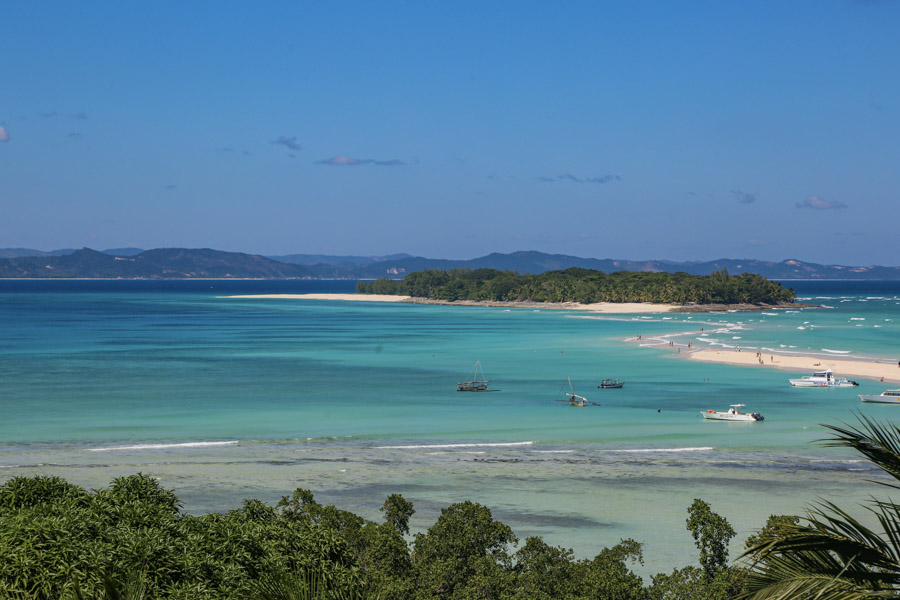
Why Involvement Volunteers International?
- Non Profit Org & Charity with 35+ Years Experience
- 7 Projects to Choose From in Madagascar
- Social Experiences - Sharing with International Volunteers
- Excellent Safety Record, In-Country 24/7 Support & Emergency Assistance
- 1 Application Fee - Multiple Countries
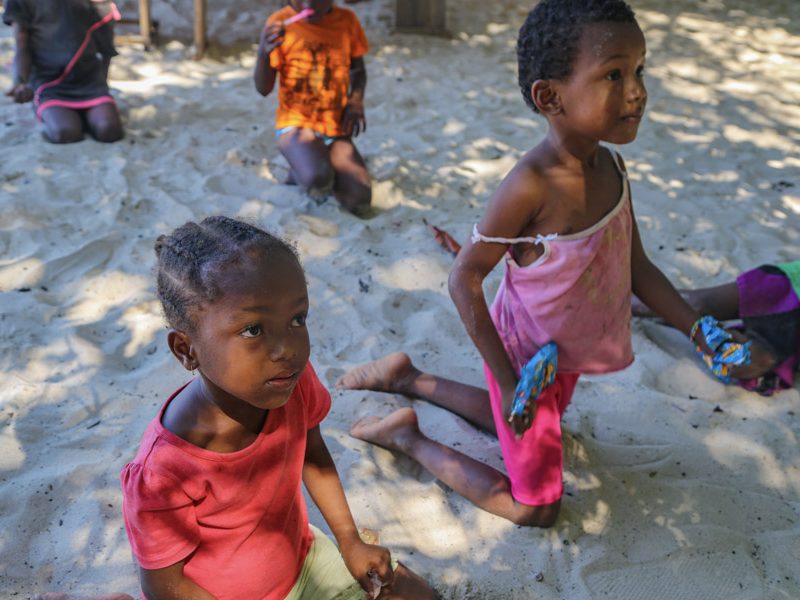
Volunteer in Madagascar
Madagascar is an island around 400 kilometres off the coast of East Africa. The island is known for it’s unique fauna and flora and diverse landscapes. Lemurs and baobab trees are two things you might think of when thinking of Madgascar. As well as some incredible wildlife and scenery, theres also plenty of outdoor adventures to be had too, like hiking and watersports.
Although there is a big tourism industry here, Madgascar is still one of the poorest countries worldwide. We work with the local communties, sending volunteers to sustainable and impactful projects overseas. Volunteer with IVI for authentic, affordable and life changing projects in Madagascar. We have over 30 years of experience as a charity and non profit org and are passionate about helping those less fortuanate than ourselves.
Our volunteer projects are located in Nosy Be (meaning ‘big island’) is an absolutely stunning island off the north-west coast and is Madagascar’s largest and busiest tourist destination. Choose from teaching, construction, lemur conservation, nutritional education, mangrove conservation and our cultural week.
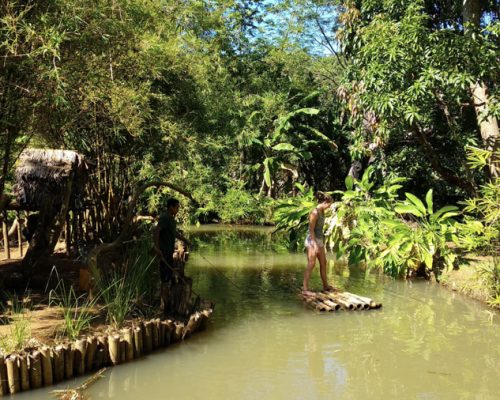

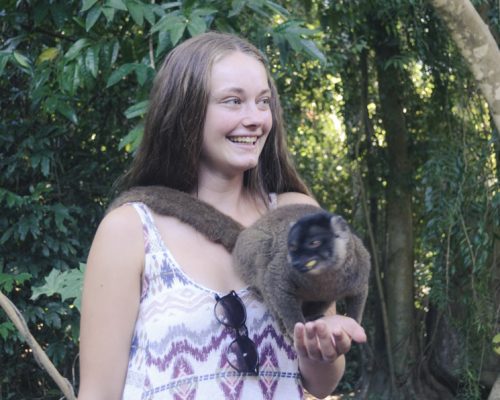
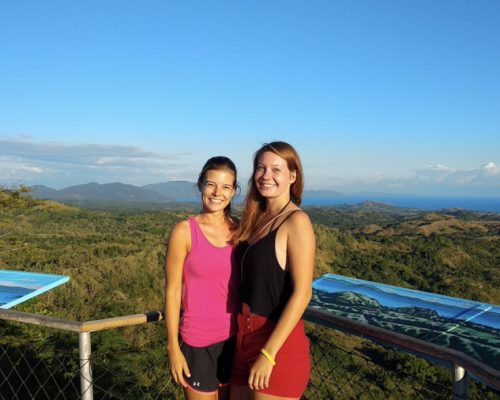

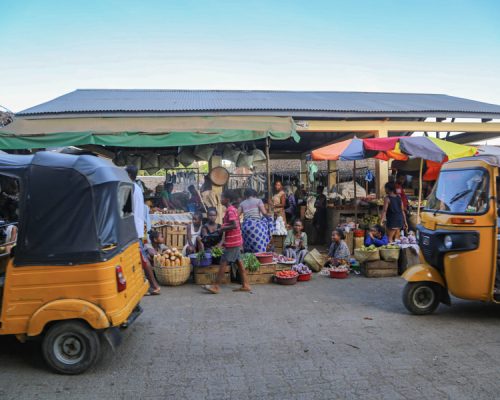
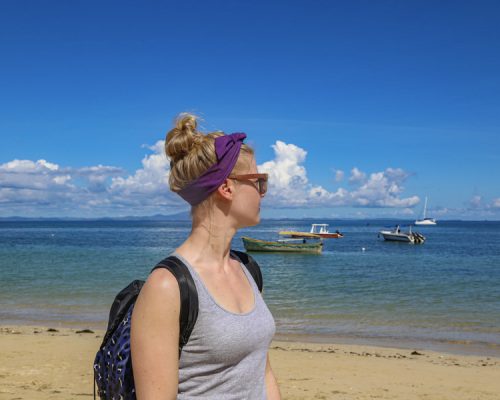
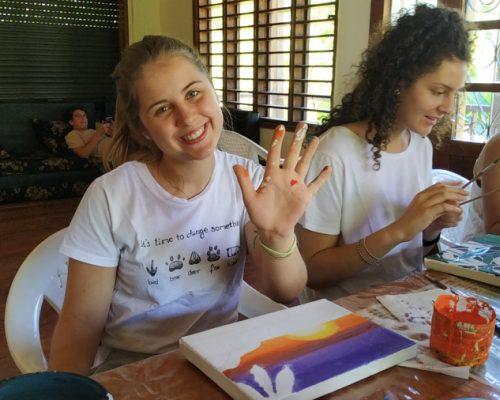

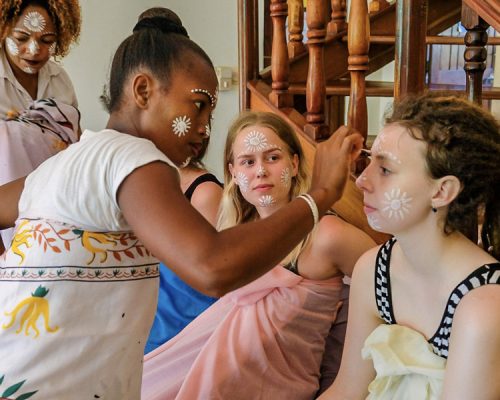

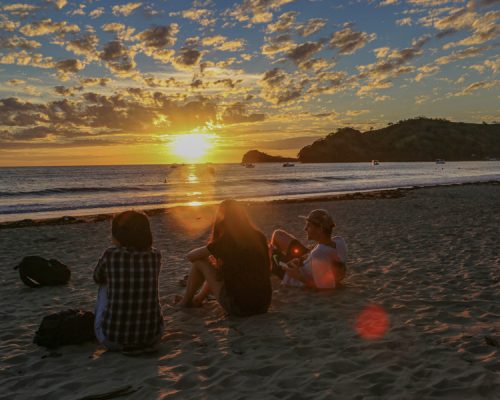
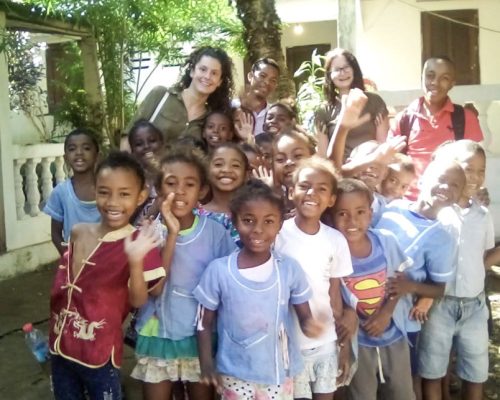
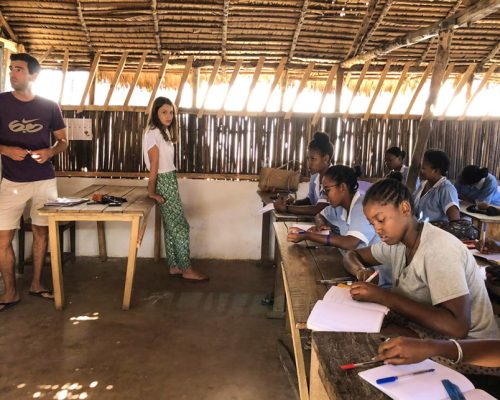
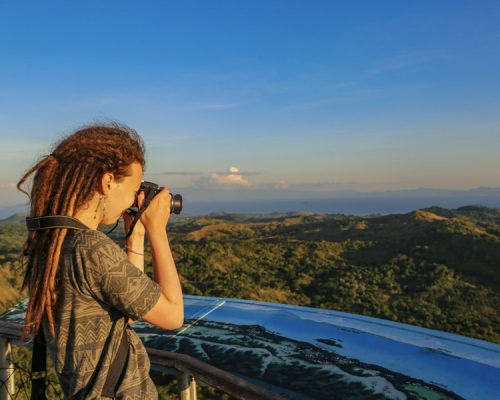

Volunteer Projects in Madagascar
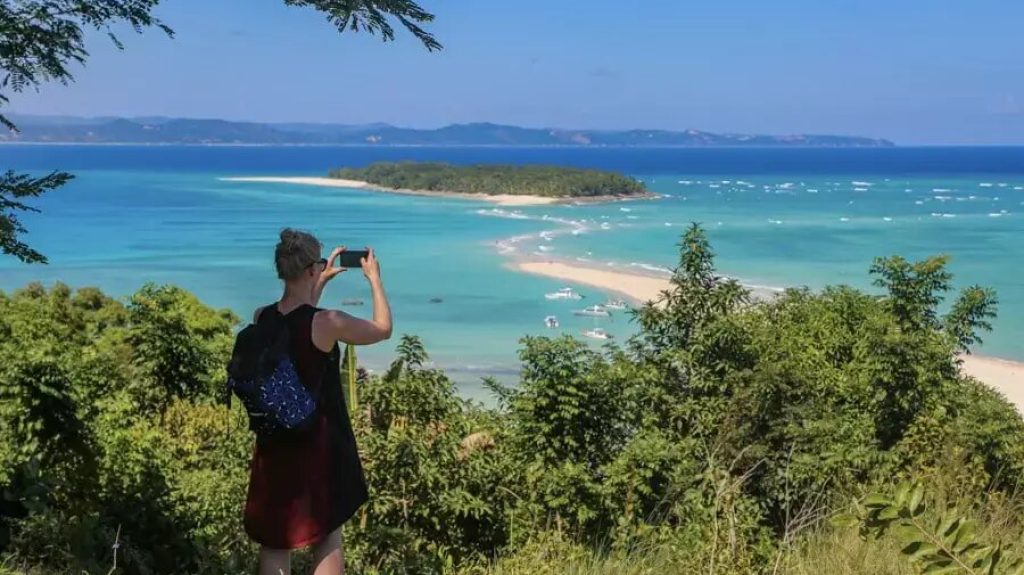
CULTURAL ORIENTATION WEEK
Become familiarised with local customs, so you can feel comfortable in your new surroundings. Discover this rich and colourful country with lannuage lessons, day trips and activites. Visit local markets, hike to Mont Passot, try the local cuisine, spot lemurs at the nature reserve and get prepared for your volunteer project.
Location: Nosy Be island
Start Dates: Weekly All Year Round (Sat/Sun Arrivals)
Min Duration: One Week
Min Age: 16 Years
Special Requirements: N/A

KINDERGARTEN TEACHING
Teach children basic English in a creative and fun way! You'll be embraced by the local community and as you spend time with the children, you can help improve their life skills, get them to think creatively and teach English communication skills. This is a fun volunteering opportunity, based on a unique island.
Location: Nosy Be island
Start Dates: Weekly All Year Round (Sat/Sun Arrivals)
Min Duration: One Week
Min Age: 16 Years
Special Requirements: N/A
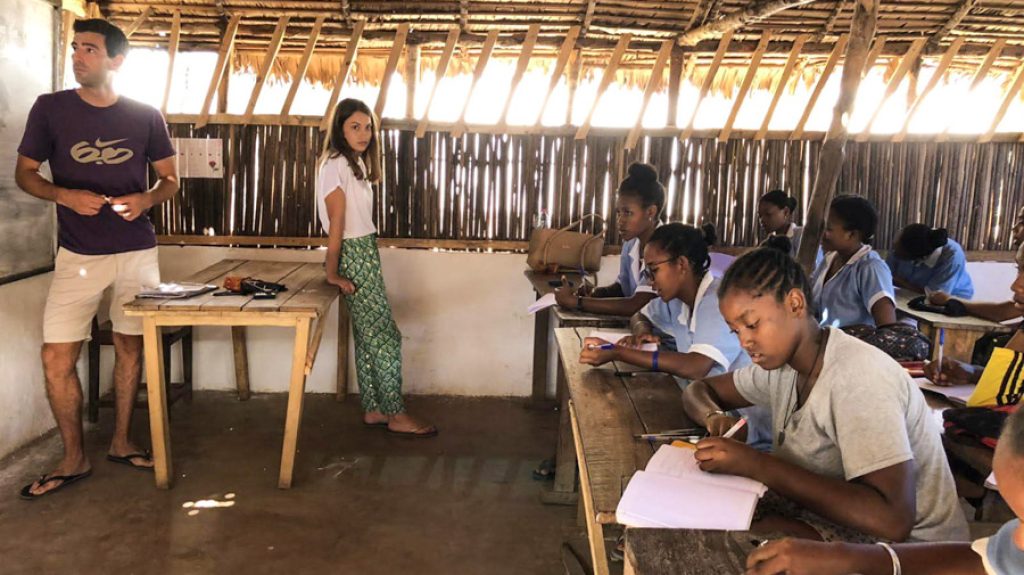
PRIMARY SCHOOL TEACHING
Teach in local schools, to children of various age groups from nearby rural villages. Assist and support the teaching staff at a state-managed school, as well as helping with extracurricular activities. Inspire these children to achieve their full potential and broaden their cultural awareness through fun, engaging and structured lessons.
Location: Nosy Be island
Start Dates: Weekly All Year Round (Sat/Sun Arrivals)
Min Duration: One Week
Min Age: 16 Years
Special Requirements: N/A
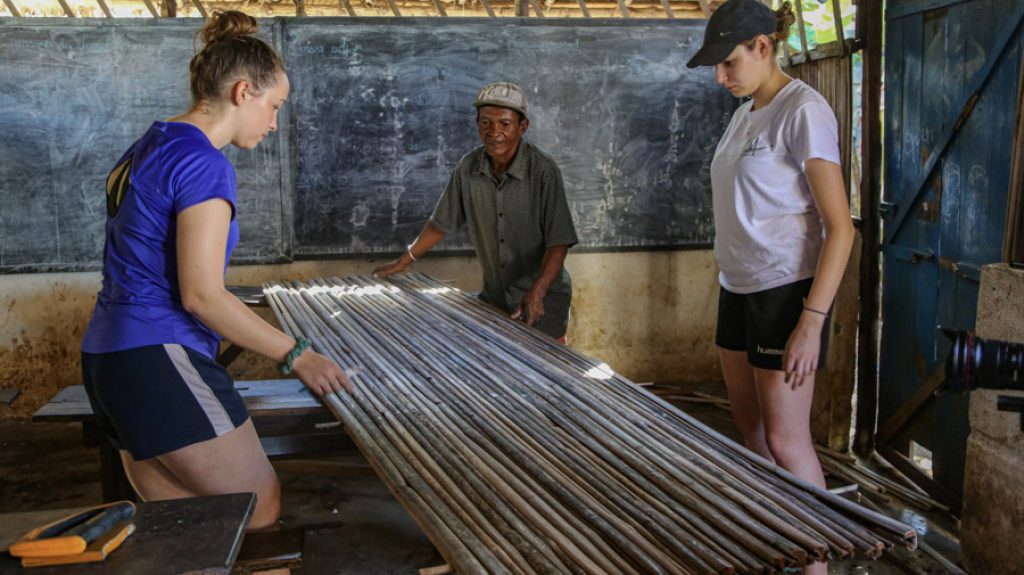
COMMUNITY CONSTRUCTION
Volunteer with IVI in beautiful Madagascar and participate alongside the local workers to construct, lay bricks & tiles, renovate, build, paint and decorate the schools! Use your enthusiasm and skills to help provide a better landscape and enviornment for the local community, using local resources.
Location: Nosy Be island
Start Dates: Weekly All Year Round (Sat/Sun Arrivals)
Min Duration: One Week
Min Age: 16 Years
Special Requirements: N/A

MANGROVE CONSERVATION
You will research, use your initiative and get hands on during your enviornmental project. You will actively participate in the conservervaton program on Nosy Be island, regenerating and planting the mangroves that are essential to the natural habitat. Learn about the island’s precious ecosystem.
Location: Nosy Be island
Start Dates: Weekly All Year Round (Sat/Sun Arrivals)
Min Duration: One Week
Min Age: 16 Years
Special Requirements: N/A

LEMUR CONSERVATION
Lemurs are beautiful docile creatures, and on this exciting project you can help in a rehabilitation centre on the island of Nosy Be. Use your own initiative, research, time and effort in helping to conserve and rehabilitate these incredible animals. Work with a private lemur species rehabilitation centre as a volunteer.
Location: Nosy Be island
Start Dates: Weekly All Year Round (Sat/Sun Arrivals)
Min Duration: One Week
Min Age: 16 Years
Special Requirements: N/A
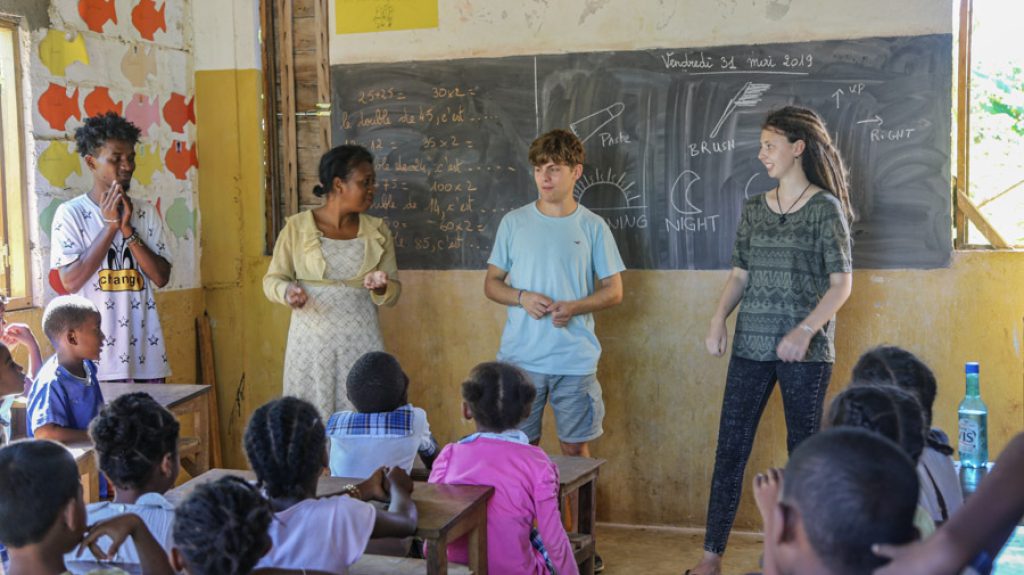
NUTRITIONAL EDUCATION & COMMUNITY SUPPORT
Educate local women by teaching them income generating activities, working with them to create a better future. You will also visit surrounding villages, teaching trainees/staff at the local centre about cooking and nutrition. While doing this you will also be helping them with their English.
Location: Nosy Be island
Start Dates: Weekly All Year Round (Sat/Sun Arrivals)
Min Duration: One Week
Min Age: 16 Years
Special Requirements: N/A
* Currently not running. Check back soon or join another exciting project!
Madagascar
What's Included
-
Accommodation
-
Meals
-
Airport Pickup
-
Local Transportation
-
1 Day Orientation
-
24/7 In-Country Support
-
Project Materials & Equipment
-
Pre-departure Expert Advice
-
Preperation Tools & Checklists
-
Certificate of Completion
- Application fee is one off per person (unlimited placements)
- Click Here to convert the below prices to your local currency
- Discounts may apply if travelling in a pair or group!
- All credit card /international fees included in below pricing! 🙂
Fees
Standard
Projects
- English Teaching
- Kindergarten Teaching
- Culture Week, Nosy Be
- *Community Construction
- *Mangrove Conservation
-
1 Week - $590
-
2 Weeks - $680
-
3 Weeks - $955
-
1 Month - $1275
-
2 Months - $2425
-
3 Months - $3295
Specialty
Projects
- Lemur Conservation
-
1 Week - $545
-
2 Weeks - $995
-
3 Weeks - $1495
-
4 Weeks - $1950
-
8 Weeks - $3900
-
12 Weeks - $5750
30 Years Experience
IVI is an Australian charity & non profit organisation founded in 1989 and is one of the pioneers of overseas volunteering successfully placing over 20,000 volunteers globally. We accept volunteers from all over the world and place them in meaningful overseas missions.
Affordable Volunteer Travel
Safe & Responsible Projects
Work Experience & University Credits
Madagascar is the world’s fourth largest island, known for its rich biodiversity and culture. This exotic country is home to some unique wildlife, including 101 different lemur species, 285 bird species (105 of which are unique to the country). You can also find 860 orchid species, that are native to the island, as well as 6 of the world’s 8 incredible baobab trees, found nowhere else in the world. Over 90% of Madagascar’s wildlife is native and cannot be seen in the wild anywhere else on earth. Human presence however, is constantly threatening these natural wonders.
Madagascar is a very culturally distinctive island, with 18 ethnic groups forming the Malagasy population, whose customs are based on the respect of their ancestors and the harmony of the living. The country also has many multi cultures, taking influence from Arabic, Chinese, Indian, French and English settlers.
Although being a large island, it is also a very poor country, with 75.3% of Malagasy living below the poverty line. The gap between the rich and poor is increasing more and more. Despite this poverty, Malagasy people are very much open-hearted to anyone and welcome visitors to explore their beautiful island and cultural heritage.
You will be greeted with smiles and friendly locals and can be sure that a trip to Madagascar will be the ultimate adventure! Not only will you discover an entirely new culture (think of it as a mix between African & Asian influences), you will also explore the incredible flora and fauna this island has to offer.
Madagascar has a hot, subtropical climate with cooler temperatures in the mountains. There are two main climate seasons: the rainy season from November to March and the dry season from April to October. The length of each season does vary from one region to another. As Madagascar is a large country, terrain, weather patterns and climate can change quite dramatically between regions.
Central Highlands
Because of the altitude, the temperature in the Central Highlands sits around 25°C. From June to August this goes down to a chilly 5°C. The wet season starts in November until March or April but is also the warmest season in the Highlands, with an average of 28° / 30°C.
Northern Madagascar
There are several climatic zones in Northern Madagascar.
On the North-Western coast around Mahajanga, there are two distinct seasons, a dry and warm season from May to November and a hot and wet season from December to April, with temperatures reaching over 35°C. Around Ambanja and Nosy Be, there is a micro-climate with wet and dry seasons, although rainfall is more evenly dispersed throughout the year. Temperatures are warm all year round, with an average of 28°C.
Southern Madagascar
The rains start from January to March. The rest is almost completely dry, especially on the South-western coast from Toliara. Around Fort-Dauphin, there can be a little more rain, but still very dry. It gets really hot from February to May and between October and December. The most pleasant period is during the winter, from June to September, with temperatures around 25°C.
Eastern Madagascar
Eastern Madagascar is known for consistent rainfall, although this decreases when moving southwards. The driest season is from August to December, but still with downpours almost every day. February to March is cyclone season with heavy rain, so best to avoid. March, April and December are the warmest months with an average temperature of 30°C. Temperatures are cooler throughout the rest of the year, sitting between 20°C to 28°C, and nights being a little cooler.
Western Madagascar
From May to November is dry season with little rain and pleasant temperatures from 20°C to 25°C. Wet season is from December to April, and it rains heavily, depending on the area. The warmest months are March and April and November and December, with an average temperature of 30°C or more.
In general, the best months to visit Madagascar are between April to mid-December.
January to March is cyclone season, so we would advise against travelling to Madagascar during this time.
Heavy rains can still be expected in April, May and June, but between these showers there’s sunshine. However, the wet season does make the landscape lush and green, with wildlife such as lemurs and reptiles often visible.
July to August is a great time to spot humpback whales as they arrive in Ile St Marie. The weather is cool and dry, making this a pleasant time to explore. During September, Humpback whales can still be seen in Ile St Marie, whilst lemurs begin to give birth to their babies.
In October, temperatures begin to increase around the country, but you will see colourful purple jacarandas in bloom. From November to December, temperatures continue to increase, as well as an increase in rainfall. At this time lemurs, reptiles and tenrecs can often be spotted.
Some of Madagascar’s people, such as the Indonesian-looking Merina’s, are believed to be descendants of sailors from Indonesia and Malaya, who reached the island by travelling over the Indian Ocean. These Asian migrants introduced their beliefs to the country, as well as their rice-based diet.
There is also an African and Arab influence in the population. Arab merchants and African migrants travelled to Madagascar centuries ago and include the Arabic Antaimoro people in the east of the island and the Sakalava to the west. The Malagasy language includes several Bantu and Swahili words.
Today, there’s 18 diverse ethnic groups living in Madagascar. These include Merina, Betsimisaraka, Betsileo, Tsimihety, Antaimoro and Sakalava. Despite the ethnic variety, Malagasy people share a common culture and language.
The Malagasy language has Asian origin, similar to the language spoken in Borneo. The dialect is very poetical, descriptive and rich in metaphors. For example, where we might say “dusk”, the Malagasy will say “maizim-bava vilany” which means “when the mouth of the cooking pot is dark”.
The Asian-African origin of the island’s inhabitants has led to a unique and distinguished culture, with a multitude of set beliefs and customs.
One of the main beliefs is in the power of dead ancestors, or “razana”. These spirits are believed to still look after their descendants even after they have passed. The wishes of these ancestors are to be respected and obeyed. Because of this, families and communities have certain taboos known as “fady”, like avoiding certain actions to ensure the approval of the “razana”.
Nosy Be (meaning ‘big island’) is an absolutely stunning island off the north-west coast and is Madagascar’s largest and busiest tourist destination. The population is estimated around 73,010 and the island has an area space of 320.02 square kilometres.
On Nosy Be island you will find volcanic lakes, lemurs, rum distilleries, Ylang Ylang plantations and beautiful coral reefs. There is just so much to explore on this amazing island! In May, you can experience the 4 day Donia Music Festival. Situated on the Indian Ocean, on Nosy-Be island you can relax on the best white sand beaches, take a boat trip through the jungle, go trekking to see lemurs or snorkel alongside turtles and manta rays in the clear waters.
You will stay at our volunteer house, where there is a dining room and lounge area to socialise with fellow volunteers. There is also a beautiful garden to relax in during time off. A balcony and large roof terrace are also available for you to chill out in. Rooms are shared between 4-6 people, there are fans, bed linen, lockable rooms, water, and laundry facilities for an extra cost.
There is a kitchen and refrigerator which you are welcome to use to store any food and drinks you require.
There is an ATM and a supermarket around 15-20 minutes away by bus or Tuk-Tuk, from the volunteer house.
We provide three meals per day during weekdays and two per day on weekends.
Your meals will be a mix of Western and Malagasy food, usually consisting of vegetarian dishes including rice and vegetables. You can expect to have a chicken dish around twice a week. There are kitchen facilities for you to cook your own meals or you can eat out at any of the local restaurants nearby.
Mandatory Orientation Day
During your first Monday, you’ll join our orientation day. This is to get familiarised with the local surroundings and to learn about local culture and customs. Your project will continue as usual from Tuesday and throughout the rest of the week.
Schedule
- Welcome meeting, introduction to Madagascar and local co-ordinators, general/ house rules, Dos and Don’ts, Code of Conduct, plus handling of documents
- Introduction to local areas, useful information on prices for taxis ,tuk-tuks, etc
- Visit Ambatoloaka to buy SIM cards and visit the market
- Lunch
- Malagasy Language Class
An arrival airport pickup is included in the cost of your placement. Accommodation on the Sunday is included in the program fees. Arrivals are on Saturdays and Sundays (please check the individual project for the pickup window times, as they can differ).
If arriving outside the pickup times we can arrange a private transfer and extra night’s accommodation, depending on availability, or you can make your own way to the project.
By Taxi-brousse
Taxi-brousses are cheap minibuses that go everywhere. Although they can get crowded, the system is actually relatively well organized. Drivers and vehicles belong to transport companies called “coopératives”. Each of these companies have a booth or agent at the taxi-brousse station. This is where tickets can be bought, covering national and regional routes. Some taxi-brousses offer VIP services, which operate with the national services like COTISSE, BESADY+ or MalagasyCar Première classe.
By Train
Travelling by train is a great way to see Madagascar’s stunning scenery. Antànanarivo to Toamasina is where Madagascar’s first and main port is located, which was built in the colonial period. The train from Antànanarivo to Andasibe is where you will find the most visited National Park (Andasibe-Mantadia). The journey from Fianarantsoa to Manakara, is also worthwhile, passing through many remote villages.
By Bus and minibus
Buses and minibus in the towns work on a flat-rate fare (from Ar 400 to Ar 1,000).
They can take you between suburbs and in and around the central part of town, with fixed stops.
By Tuk-tuk, rickshaw, cyclo-pousse
A pousse-pousse is a colourful wooden rickshaw on wheels, that is pulled by someone on foot. Some have a bicycle attached, which are named cyclo-pousses (these are a little more expensive). Although some travellers may feel slightly uncomfortable being pulled around on a pousse-pousse, this is very normal for them and how they make their income, so they’ll be sure to welcome your business. Fares vary between Ar 500 and Ar 2,000.
The sun shines year-round here, with Nosy Be being a beach and sea lovers paradise, hosting incredible snorkelling and diving. Nosy Be is packed with activities to get up to during your free, the most popular is checking out the paradise beaches. Here are just a few of the stunning beaches you can visit:
- Palm Beach
- Andilana Beach
- Ambatoloaka Beach
- Andilana Beach
Wildlife lovers and adventure enthusiasts will certainly be at home in Nosy Be too. See if you can spot the diurnal and nocturnal native lemur species, count the unique bird species, see reptiles or indigenous plants, whilst trekking through the lush jungle. There are also scuba diving & snorkelling tours and inland boat trips.
Check out this amazing blog with step by step info on how to raise funds for your overseas volunteer experience to help maximize your impact abroad. Guide to Fundraising
Spotlight on Madagascar!




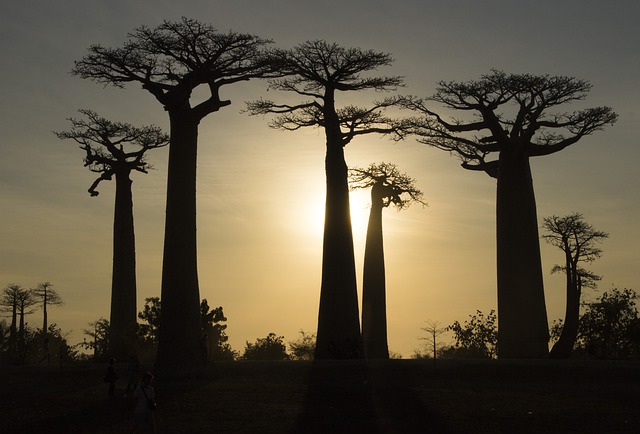
 Involvement Volunteers International
Involvement Volunteers International